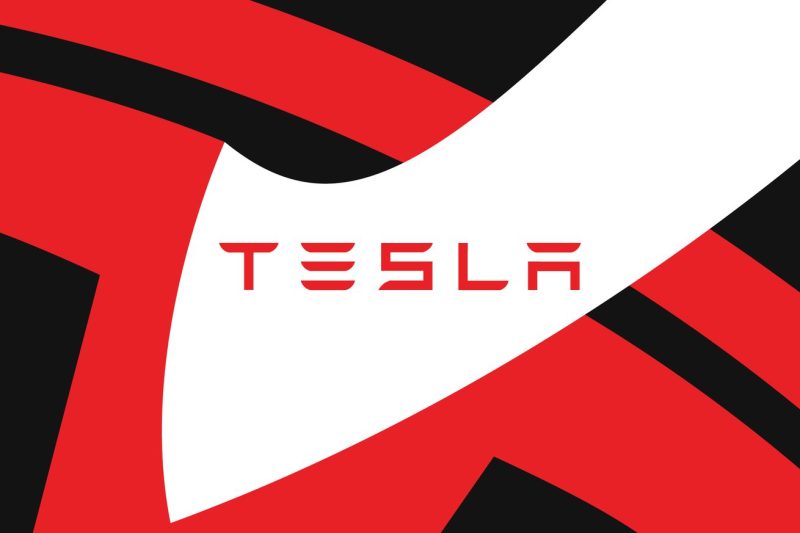Tesla, the revolutionary electric vehicle manufacturer founded by Elon Musk, has been in the headlines once again for reportedly laying off more than 10 percent of its workforce. This move has sparked speculation and concern among investors, analysts, and employees alike. Let’s delve deeper into what this significant workforce reduction could mean for Tesla and its future trajectory.
One of the primary reasons cited for the layoffs is Tesla’s efforts to streamline its operations and improve efficiency. By reducing its workforce, the company aims to cut costs and boost profitability in the face of mounting financial pressure. Tesla has faced challenges in meeting production targets and turning a consistent profit, prompting the need for strategic measures to stabilize its financial health.
While layoffs can be a difficult decision for any company to make, they are sometimes necessary to realign resources and refocus on core business priorities. Tesla’s decision to trim its workforce could signal a shift towards a more sustainable and disciplined approach to its operations. By optimizing its organizational structure and eliminating redundant positions, Tesla may be better positioned to weather economic uncertainties and secure its long-term success.
On the flip side, the layoffs may also have repercussions on Tesla’s corporate culture and employee morale. Job cuts can create anxiety and uncertainty among the remaining staff, affecting productivity and engagement. Moreover, the loss of talented individuals through layoffs could impact Tesla’s innovation and creativity, essential elements for staying ahead in the competitive automotive industry.
Another aspect to consider is the potential ripple effects of Tesla’s workforce reduction on the broader economy. With thousands of employees affected by the layoffs, there could be implications for local communities and suppliers who depend on Tesla for business. The social and economic footprint of Tesla extends beyond its headquarters, making these layoffs a significant event with far-reaching consequences.
In light of these developments, it will be crucial for Tesla to communicate transparently with employees, investors, and other stakeholders about the rationale behind the layoffs and its future plans. Clear and open communication can help mitigate uncertainties and build trust in Tesla’s leadership and decision-making process. Additionally, offering support and resources to affected employees can demonstrate Tesla’s commitment to its workforce even during challenging times.
As Tesla navigates this period of restructuring and transformation, the company will need to balance short-term cost-cutting measures with long-term strategic investments in innovation and sustainability. Adapting to evolving market dynamics and consumer preferences will be key for Tesla to maintain its position as a pioneer in the electric vehicle industry. Only time will tell how these layoffs will impact Tesla’s trajectory and whether they will lead to a leaner, more agile company poised for future growth.

